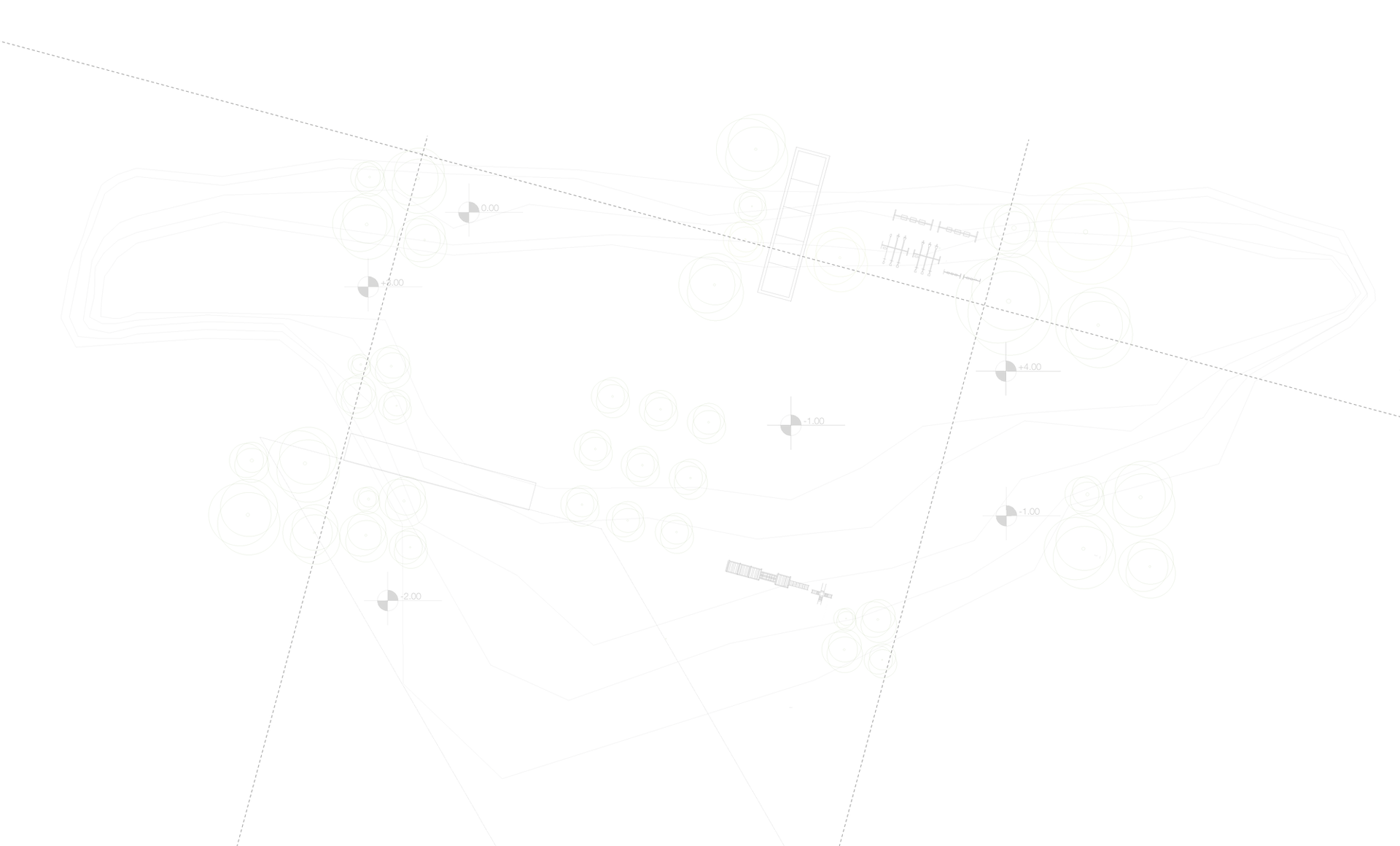
Ufuk Altan
Artificial Intelligence Engineer

Industry 4.0 could potentially be the most prominent progress of the 21st century. In this project related factors were researched, World Trade Network Data was collected, network analysis and correlation analysis were performed in order to determine the advantages and disadvantages, and to decide what is required to achieve the new industrial revolution.
Python's Selenium and BeautifulSoup libraries were used to scrap stock data from the web and analyed using a forecasting algorithm called Triple Exponential Moving Average(TEMA). Later program is uploaded to cloud in order to generate buy or sell signals simultaneously.
Data related to factors of prosperity is gathered and analyzed using python's networkx library for network analysis purposes. Later data visualizations, correlations, variance inflation factor analysis for multicollinearity and standardization are performed before applying multiple linear regression test using sklearn in python.
Data of the LendingClub was preprocessed and analzed using visualizations, correlation analysis and experimentation. Incremental PCA is performed in order to enhance the performance of classification metrics. Several different classification algorithms are applied including random forest, naive bayes, KNN, SVM and deep learning before testing the model using k-fold cross validation and grid search.
Considering the various planning and management problems in various industries like furniture, retail, textile and food; it is common to run into whether inventory, production, sales and, therefore, revenue management issues. Companies require a consistent and an accurate system that resolves demand forecasting obstacles. In this article; SARIMA, LSTM and Prophet algorithms are used to build three different machine learning models and later scheduling concept is introduced to establish continuous learning and development.
As the technology improves it becomes more crucial in the transportation industry to determine a way to make better decisions. In terms of pricing, regression or time series forecasting models can be performed. However, when price optimization is considered, it is important to measure the price elasticity of the demand for each product. In transportation industry, demand is constantly altering. It is a big challenge to manage products, track different KPIs and make decisions simultaneously. Therefore, a big data tool like apache spark and a reporting technology like plotly can provide long term solutions. This article explains a data processing progress for spanish railway data, a price optimization model using spark and the plotly library of python for reporting through a dashboard.
Even though financial markets are considered random and unpredictable, it is possible to recognize some patterns that repeats when historical data is examined. In this project, two different investment perspectives are performed and tested. First, variety of market data is aggregated, Granger Causality Test is applied, and VARMA algorithm is used to predict the future price while utilizing the data of different markets. Second, a momentum indicator stochastic RSI and Spearman Correlation Coefficient are used to build a trading strategy called Stochastic Swing and simulated on the crypto market to measure the results.